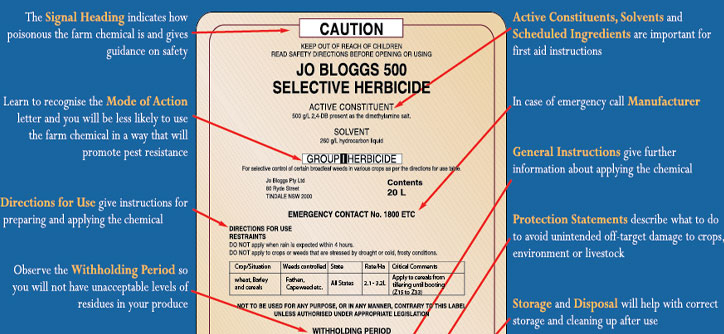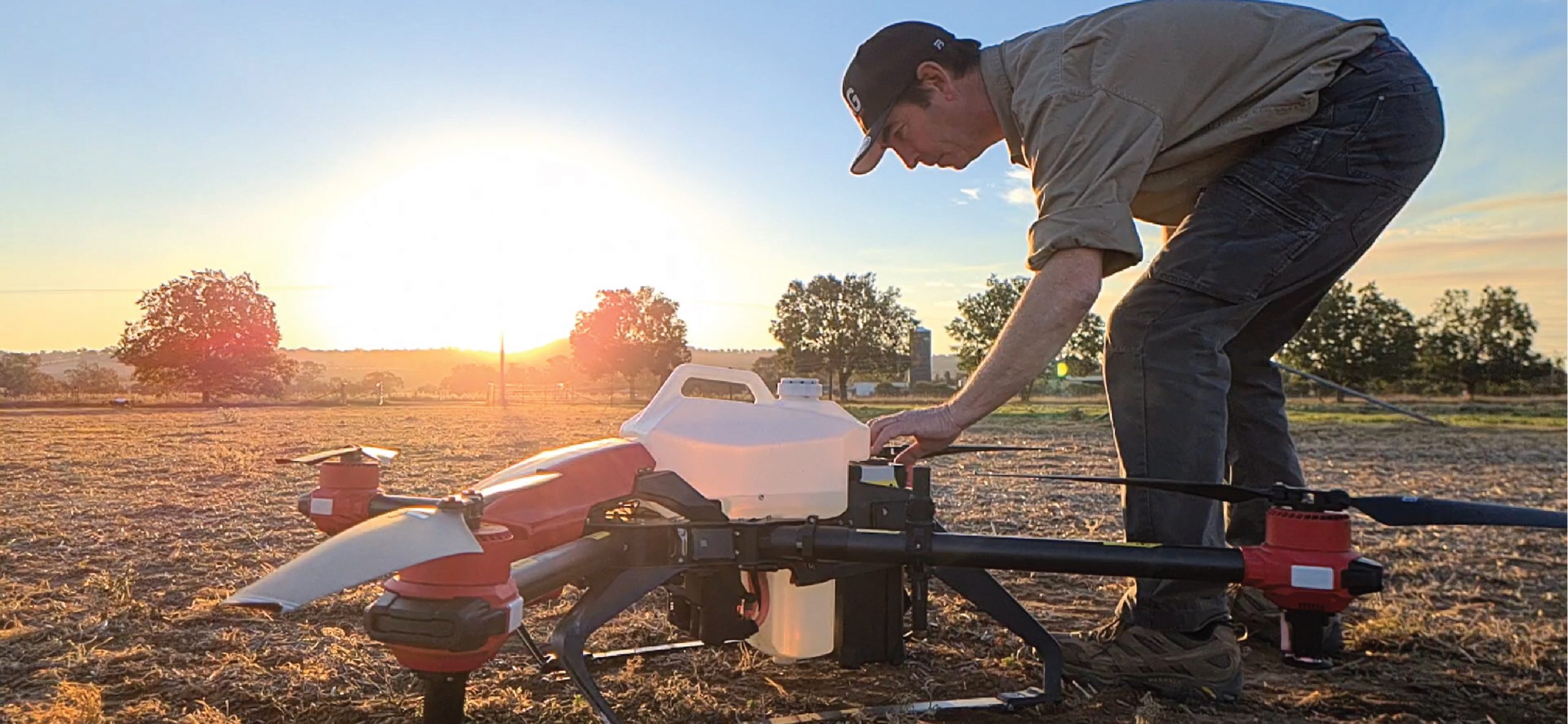When you use a pesticide the aim is getting as close to 100% control of your weed, pest or disease as possible, with minimal exposure of yourself, others and the environment, and to have no residues on what you sell to market (well at the least below the accepted maximum residues levels).
You want the process to be cost effective and for your chemical control strategies to be efficacious for as long as possible, before pest resistance starts to reduce control rates over time given the selection pressures from following the same ongoing strategy.
The quest for 100% weed and pest control is aspirational but an in-depth reading and understanding of the product label will help set you on the right path . Many a punter has read the dose rates only and ended up with a very poor weed kill, given that a number of herbicides require the addition of an adjuvant, as specified in the critical comments. For example kill rates of gorse and lantana using metsulfuron-methyl will be poor without the addition of 0.1% organo-silicone for enhanced spread and penetration.
For a general layout of an Agchemical label, check out the image below, which is a stylised herbicide label – Jo Bloggs 500 Selective Herbicide.
Download A4 print version 
Starting from the top, “Caution” is the Signal Heading , meaning the product is of low to moderate toxicity, a Scheduled 5 Poison,( S6 poisons have the Signal Heading “Poison” and are moderately to highly toxic, and S7 Poisons have the Signal Heading “Dangerous Poison” and are highly poisonous).
Joe Bloggs 500 is the product or trade name and the active constituent is 500 g/l 2,4DB in salt formulation, with the addition of a hydrocarbon solvent.
The term “Group I Herbicide” is the Mode of Action (MOA) letter, and as such you should aim to use multiple modes of action in your weed and pest control where possible to limit the selection for resistance over time. Go to the Croplife Australia website for all of the MOA tables and resistant management strategies for a range of crops.
The Directions For Use (DFU) starts off with a Restraints section which apart from the obvious may include things like how long a spray solution will last in the tank, the Rainfast period (time after application before rain), and more recently Spray Drift restraints such as nozzle selection ,suitable weather conditions and buffer distances from sensitive areas.
Remember with the DFU table make sure the product can be used in your state, is registered for your intended crop/situation and pest/target weed and check critical comments for any adjuvant additions or mixes with other products. Sometimes the Withholding period (between application and harvest) will also be included as a column in the DFU table.
General Instructions will include instructions on Mixing (order of chemicals into tank and agitation requirement), Compatibility with other chemicals, Re-Entry (a period post application where Personal Protective Equipment is required before re-entering sprayed area) and Plantback Interval for following crops post application.
In terms of precautions, there are Protection statements for non-target organism, and the Storage and Disposal section highlights safe and secure chemical lockup and waste management practice through DrumMuster and correct rinsate disposal. The Safety Directions highlights the prescribed Personal Protective Equipment to be worn when mixing and applying the product and must be followed to protect human health and safety.
First Aid highlights who to contact and what to do in the event of accidental poisoning and the (M)SDS section describes where safety data sheets can be accessed from for further health and safety information.
Often also found on the front label cover, the APVMA Approval Number demonstrates that the product is approved for use in Australia. The Batch numbers should be recorded on your inventory or spray record in case of product efficacy issues, check the APVMA website for any product recalls. The Date of Manufacture is useful to determine the age of a product, and seek to only carry product (especially insecticides) through only one summer because of potential exposure to high temperatures.
Finally if the product is a Hazardous Chemical it will bear one or more coloured diamonds on the label, in this case a Globally Harmonised (GHS) hazard pictogram showing the chemical to be corrosive.




